The Most Important Moments Of The Vietnam War
The Vietnam War was one of the American military's longest continuous conflicts, lasting for over 20 years between June 1st, 1954, and April 30th, 1975. Let's go over some of the most important moments of one of the most important (and longest) conflicts of the 20th century.

France Colonizes "Indochina"
The French Government colonized Indochina in 1887, leading to 60 years of French rule. During this time, the French exploited the region's vast rice, opium, coal, rubber, and lumber resources. Known collectively as "Indochina," the countries now comprise Cambodia, Vietnam, and Laos. This established colonial rule was in place until 1945.
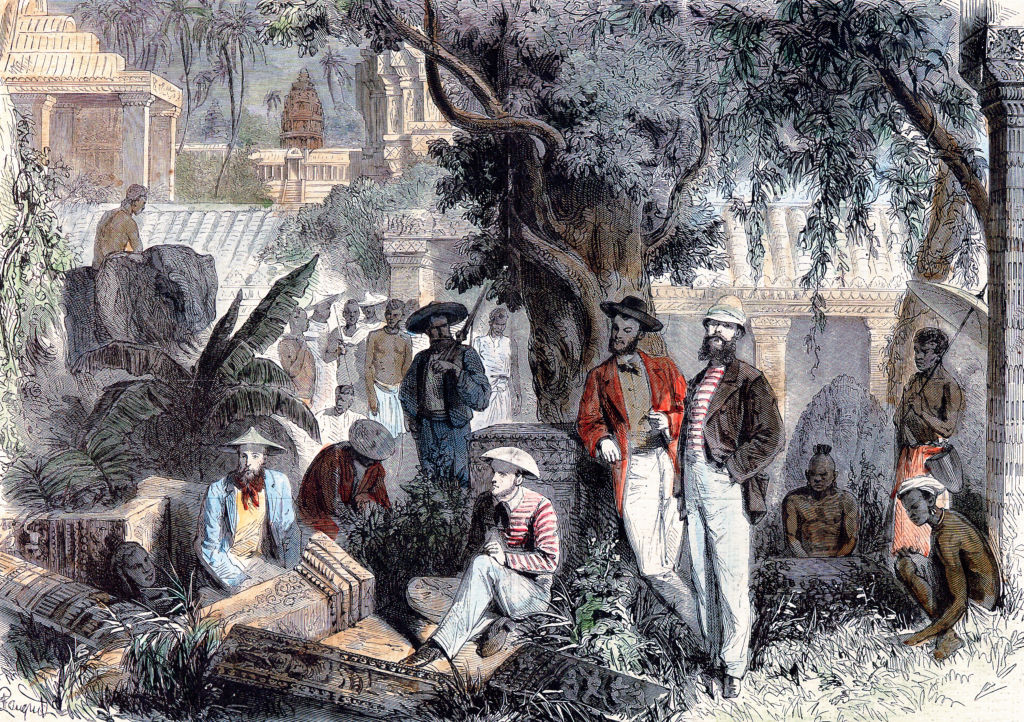 Pictures from History, Getty Images
Pictures from History, Getty Images
Japanese Overthrow Of French Control In Vietnam
The Japanese orchestrated a coup d'état, replacing French officials with their own and effectively taking control of Vietnam for Japan.
 Unknown Author, Wikimedia Commons
Unknown Author, Wikimedia Commons
The August Revolution
The August Revolution was a populist uprising led by Ho Chi Minh against the ruling Japanese and remaining French government of Vietnam. Beginning on August 16th, the Revolution took two weeks to seize power from the ruling Japanese puppet emperor, who abdicated on August 25th, with Ho Chi Minh declaring Vietnam an independent republic on September 2nd, 1945.
 Front pour l'indépendance du Việt-Nam, Wikimedia Commons
Front pour l'indépendance du Việt-Nam, Wikimedia Commons
A French Rejection
Despite declaring Vietnam an independent nation, Ho Chi Minh's declaration is not internationally recognized. The French begin fighting a war against Ho Chi Minh, after he rejects their proposal granting Vietnam limited autonomy. This is known as the First Indochina War.
The Truman Doctrine
President Harry S Truman addresses the United States Congress, informing them it is to be the policy of the American Government to assist any country that is threatened by communism—a policy known as the Truman Doctrine. He makes this address in March of 1947.
 National Archives and Records Administration, Wikimedia Commons
National Archives and Records Administration, Wikimedia Commons
Other Communist States Recognize Vietnam
In January of 1950, the newly-founded People's Republic of China, alongside their communist partners in the Soviet Union, pledge their support for the communist-led Democratic Republic of Vietnam. They begin supplying military and economic aid to communist resistance fighters within Vietnam.
 Vietnam Government, Wikimedia Commons
Vietnam Government, Wikimedia Commons
The United States Bolsters The French In Vietnam
Keeping to his word in his 1947 address to Congress, in June 1950, Truman begins supplying the French outposts in Vietnam with weapons in the First Indochina War.
 Unknown Author, Wikimedia Commons
Unknown Author, Wikimedia Commons
The French Suffer Defeat In Vietnam
From March through May of 1950, French forces continuously suffer humiliating defeats, culminating in the Battle of Dien Bien Phu, where Ho Chi Minh's forces overrun and kill or capture the remaining French forces, causing the French to issue a surrender a few days later.
 [Tycho], CC BY-SA 3.0, Wikimedia Commons
[Tycho], CC BY-SA 3.0, Wikimedia Commons
Vietnam Is Divided By The Geneva Accords
Parties from the Democratic Republic of Vietnam and the French Government meet in Geneva to sign the Geneva Accords. This essentially splits Vietnam in two: South Vietnam and North Vietnam.
The south became the State of Vietnam, under US-backed emperor Bao Dai, with the North remaining the Democratic People's Republic of Vietnam.
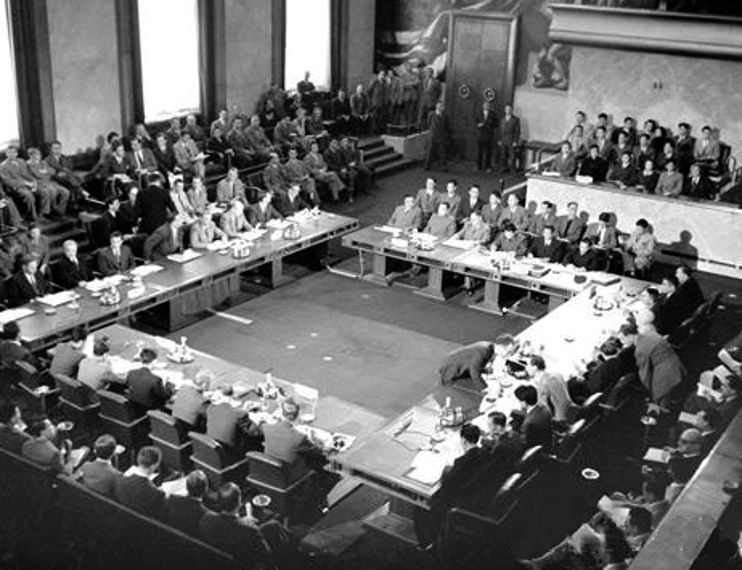 US Army Photograph, Wikimedia Commons
US Army Photograph, Wikimedia Commons
The Ho Chi Minh Trail Is Established
While still wanting a united Vietnam, Ho Chi Minh and his forces establish the Ho Chi Minh Trail—a network of tunnels and overland routes that supply weapons and ammunition to guerillas in South Vietnam who support Ho Chi Minh's vision of a unified Vietnam.
The First Americans Die In Vietnam
In July 1959—despite no official declaration of war by Congress, American soldiers stationed in Vietnam in support of the South Vietnamese are killed when guerrilla forces raid their housing quarters near Saigon.
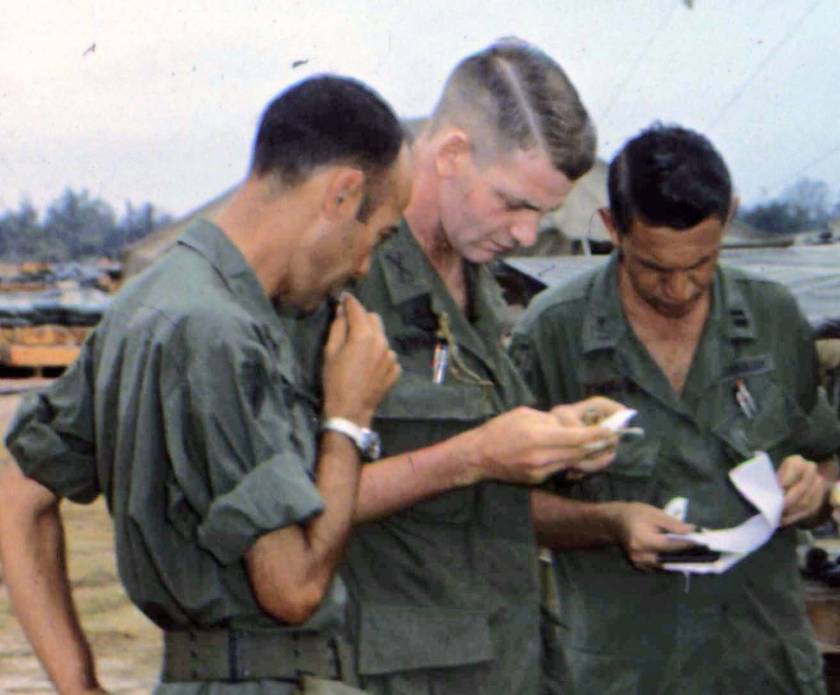 U.S. Air Force, Wikimedia Commons
U.S. Air Force, Wikimedia Commons
The National Liberation Front Is Formed
In December of 1960, the National Liberation Front, or NLF, is formed in South Vietnam as an antigovernment political party. The NLF is viewed by the United States as the military wing of North Vietnam. This leads to the American Government to refer to the NLF as the "Viet Cong", a name that sticks for the remainder of the Vietnam War.
 SSGT Herman Kokojan, Wikimedia Commons
SSGT Herman Kokojan, Wikimedia Commons
America Sends Large Troop Numbers
While the United States never declares war on Vietnam, the United States Congress authorizes sending troops to Vietnam in May, 1961. President John F Kennedy sends helicopters and 400 members of the United States Special Forces to conduct operations against the Viet Cong.
South Vietnamese Forces Are Crushed On The Mekong Delta
In the small village of Ap Bac on the Mekong Delta, South Vietnamese forces, with a four-to-one troop strength advantage and extensive American backing, are crushed by the North Vietnamese Army on January 2nd, 1963.
This is one of many such decisive victories by the North Vietnamese Army in the early stages of large-scale American support of the South Vietnamese Government.
The Buddhist Crisis
On May 8th, 1963, Buddhist monks begin protesting against the South Vietnamese regime, who were a Catholic majority and who had banned the Buddhist flag. The protest ends with the murder of 8 unarmed protesters by the South Vietnamese Government.
 Chainwit., CC BY 4.0, Wikimedia Commons
Chainwit., CC BY 4.0, Wikimedia Commons
A Buddhist Monk Self-Immolates
One of the most powerful images to come out of the Vietnam War came on June 11th,1963, when Thich Quảng Đức, a Buddhist monk, lit himself on fire in the streets of Diem as an act of protest. He died, and the American confidence in the government of South Vietnam waned.
 Thích Đồng Thanh, CC BY-SA 4.0, Wikimedia Commons
Thích Đồng Thanh, CC BY-SA 4.0, Wikimedia Commons
An American Coup D'état
As the South Vietnamese government continues to repress its Buddhist population and continues to lose skirmishes against the North Vietnamese, the American government quietly backs a coup against South Vietnamese leader, Ngo Dinh Diem. He is assassinated by his own generals on November 2nd, 1963.
 Embassy of the Republic of Vietnam , Wikimedia Commons
Embassy of the Republic of Vietnam , Wikimedia Commons
The Gulf Of Tonkin Incident
On August 5th, 1964, two American ships in the Gulf of Tonkin are attacked by North Vietnamese patrol boats. This provokes President Lyndon B Johnson, who introduces the "Gulf Of Tonkin Resolution" to Congress, authorizing the President to "take all necessary measures to repel any armed attack against the forces of the United States".
Congress passes the Resolution overwhelmingly.
 Oscar White, Wikimedia Commons
Oscar White, Wikimedia Commons
The Soviet Union & China Bolster Support Of The North
In November of 1964, the Soviet Union sends aircraft, ammunition, medical supplies, artillery, weapons, air defense systems and food to North Vietnam. The Chinese send engineering troops to North Vietnam to assist the North Vietnamese in building their defensive infrastructure.
 PH2 Phil Eggman, Wikimedia Commons
PH2 Phil Eggman, Wikimedia Commons
Operation Rolling Thunder Is Authorized
One of the first sustained American combat engagements in the war is Operation Rolling Thunder, when the United States Air Force begins bombing military targets along the Ho Chi Minh Trail and well into North Vietnam.
On March 8th, 1965, US Marines land at Da Nang, South Vietnam as the first American combat soldiers deployed in the country—despite the Special Forces presence four years earlier.
Operation Starlite Begins
With 35,000 US troops drafted every month into service in Vietnam, Operation Starlite begins on August 17th, 1965. The operation is designed to destroy the North Vietnamese Army troops based inside South Vietnam after several successful incursions.
Operation Starlite would see 5,500 US troops engage the NVA in the largest American military action of the war so far. The Americans win, dealing a decisive victory over the NVA.
 [USMC Photo A184966], Wikimedia Commons
[USMC Photo A184966], Wikimedia Commons
The Battle Of La Drang Valley
In the central highlands of South Vietnam, La Drang Valley is a key strategic outpost on the high ground. The Battle of La Drang Valley sees 1,000 US troops airdropped in and withdrawn by helicopter. Over 300 troops would be killed or wounded at La Drang, marking the first major American losses of the war. Both sides declared victory.
First Major Air Raids On Cities In North Vietnam
While making steady gains in the South, American bombers begin to target cities in North Vietnam in June of 1966, among the first major air raids in the country.
The Battle For Khe Sanh
For 77 days, the United States Marine garrison at Khe Sanh in South Vietnam is attacked by the North Vietnamese Army. The attack begins on the 21st of January, 1968 and the garrison is under constant artillery bombardment until the 15th of April, 1968, when the US Marines humiliatingly withdrew from Khe Sanh.
This is part of the Tet Offensive, which would entail attacks against more than 100 cities and outposts across South Vietnam by the NVA.
The Deadliest Week In Vietnam For The United States
February 11th–17th marks the deadliest week in Vietnam for the United States, when 543 American soldiers die in fighting across the country. This marks the beginning of the end of the American presence in Vietnam.
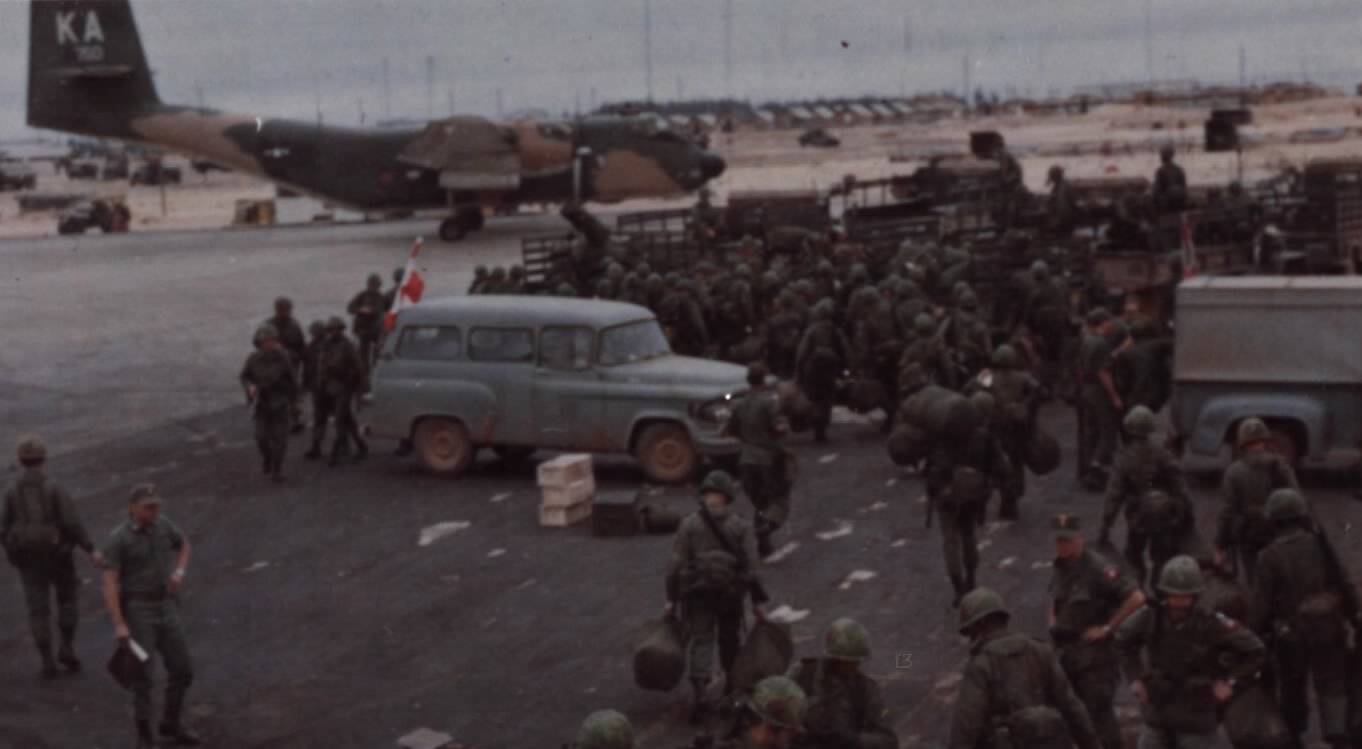 Paul Dupont, Wikimedia Commons
Paul Dupont, Wikimedia Commons
Richard Nixon Is Elected President
After President Johnson does not seek re-election, President Richard Nixon wins the US election in November of 1968, promising to end the draft.
 Oliver F. Atkins, Wikimedia Commons
Oliver F. Atkins, Wikimedia Commons
Vietnamization Begins
A gradual US withdrawal from Vietnam begins, with the Americans hoping to hand over military operations to the South Vietnamese. In late 1968, Richard Nixon begins slowly withdrawing American troops—a number which was then at 549,000.
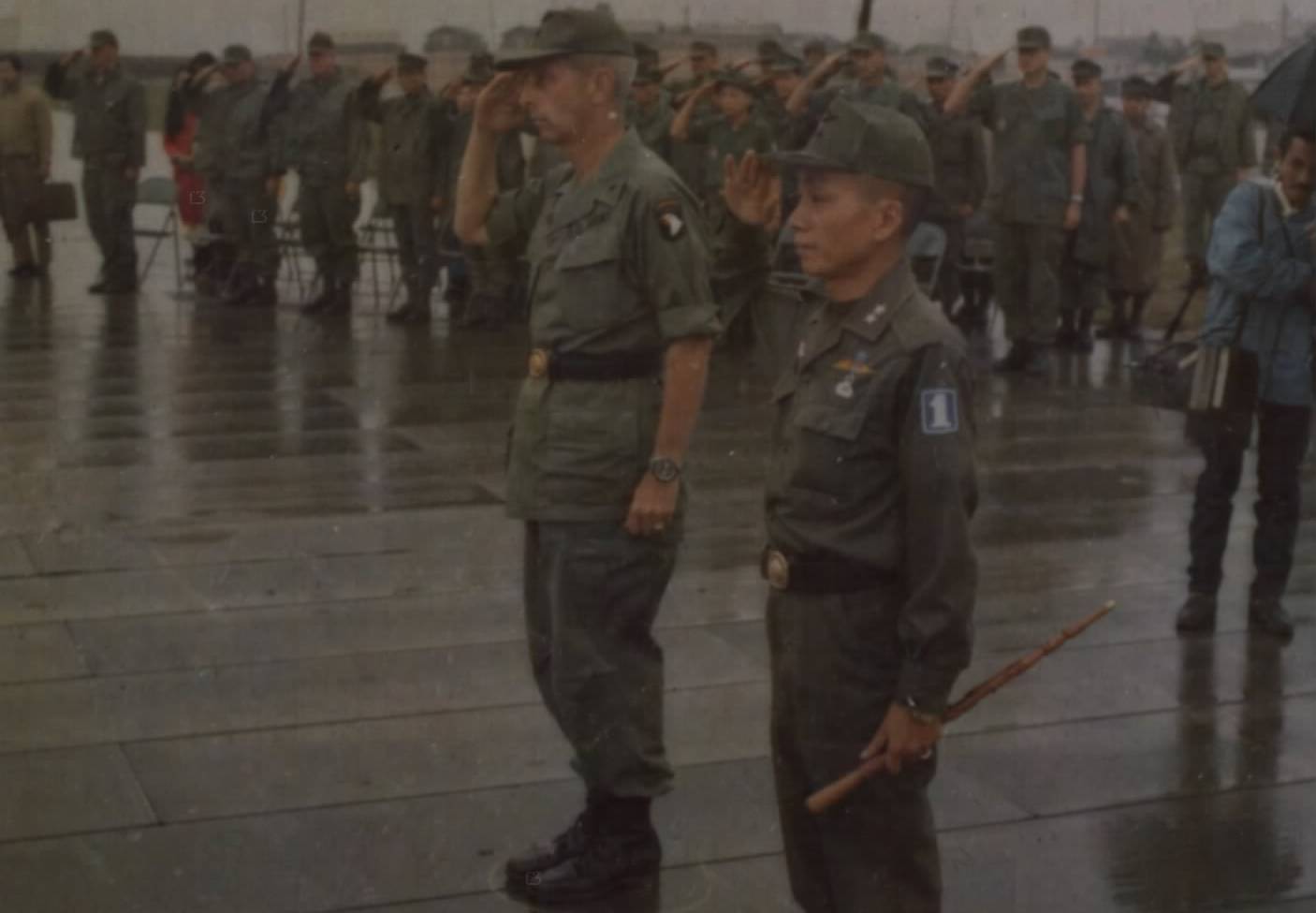 NARA photo, CC BY-SA 4.0, Wikimedia Commons
NARA photo, CC BY-SA 4.0, Wikimedia Commons
Secret Peace Talks Begin
As neither side can afford to be seen talking to the other, US National Security Advisor Henry Kissinger begins negotiations with North Vietnamese Politburo members in Paris in February of 1970. They are kept an utmost secret.
 U.S. Department of State, Wikimedia Commons
U.S. Department of State, Wikimedia Commons
The Secret Bombing Of Cambodia
Cambodia was officially a neutral country in the Vietnam War, thus the United States could not attack it directly—instead, President Nixon ordered the use of "secret bombing campaigns" along the Ho Chi Minh Trail, targeting base camps and supply chains of the North Vietnamese Army in Cambodia.
 Kimlong Meng, CC BY-SA 4.0, Wikimedia Commons
Kimlong Meng, CC BY-SA 4.0, Wikimedia Commons
The Kent State Massacre
While protests against the War in Vietnam were nothing new on American streets by the time 1970 rolled around, what happened at Kent State University in Ohio on May 4th, 1970 would shock the world.
As students took to the campus to protest the war, a National Guard unit opened fire on them. Nine students were wounded and four were killed in what has become known as the Kent State Massacre.
 Student John Filo, Wikimedia Commons
Student John Filo, Wikimedia Commons
Congress Repeals The Gulf Of Tonkin Resolution
Remember that piece of legislation that gave the President broad, sweeping powers to engage threats to US Forces in Vietnam whenever he liked? In June of 1970, facing increasing protests and public outrage at America's presence in Vietnam, Congress repealed the Gulf Of Tonkin Resolution.
This effectively handcuffs Richard Nixon's capabilities to use military force in Vietnam.
 qwesy qwesy, CC BY 3.0, Wikimedia Commons
qwesy qwesy, CC BY 3.0, Wikimedia Commons
The Pentagon Papers Are Released
The New York Times, using analyst Daniel Ellsberg as a source, published the Pentagon Papers on June 13th, 1970. These papers tell the American public of an extensive campaign to increase American involvement in the war throughout the years, all in the name of toppling communism.
 Gotfryd, Bernard, Wikimedia Commons
Gotfryd, Bernard, Wikimedia Commons
The See-Saw Continues
The course of the Vietnam War continues to ebb and flow in one direction and another throughout the early 1970s, with March through October of 1972 seeing an offensive by the North Vietnamese Army that deals no decisive blow to their opponents in the South.
Then, in December of 1972, Nixon orders Operation Linebacker, a huge air offensive that drops over 20,000 tons of bombs over densely populated areas.
 Ken Hackman, Wikimedia Commons
Ken Hackman, Wikimedia Commons
Public Support Bottoms Out
With the war seemingly going nowhere, public support for the conflict has bottomed out completely. Nobody seems to be winning and the recent revelations of the Pentagon Papers spell that the end of the war could be near.
 Unknown photographer, Wikimedia Commons
Unknown photographer, Wikimedia Commons
The Paris Peace Accords Are Signed
On January 27th, 1973, President Richard Nixon signs the Paris Peace Accords, ending direct American involvement in the Vietnam War and effectively bringing it to an end. The American war dead totals 58,220, with as many as 2 million civilians dead on either side of the war.
Two years later, the South Vietnamese capital of Saigon fell under North Vietnamese control, unifying Vietnam under a communist dictatorship.
 Department of Defense, Wikimedia Commons
Department of Defense, Wikimedia Commons
The Massacre At My Lai
On March 16th of 1968, US soldiers sweep through the hamlet of My Lai, now known as Sơn Mỹ village in South Vietnam. Between 350 and 500 civilians are murdered by American forces, under the command of Lieutenant William Calley.
It was the largest massacre of civilians by Americans in the 20th century. Lieutenant Calley was originally given a life sentence for his role, but that sentence was commuted to just three years by President Richard Nixon.
















